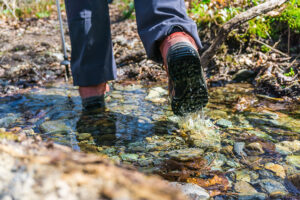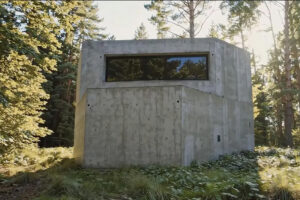The glaciers in a third of UNESCO World Heritage Sites will disappear by 2050, according to a UNESCO report issued Nov. 3.
“These glaciers have been retreating at an accelerated rate since 2000 due to CO2 emissions, which are warming temperatures,” the organization said. “They are currently losing 58 billion tons of ice every year — equivalent to the combined annual water use of France and Spain — and are responsible for nearly 5 percent of observed global sea-level rise.”
UNESCO singled out glaciers on Mount Kenya and Kilimanjaro, as well as in China’s Three Parallel Rivers of Yunnan Protected Areas and Yellowstone and Yosemite National Parks in the US.
The glaciers that cap Mount Kilimanjaro in Tanzania will be gone by 2050.
Limiting global warming to 1.5°C could save 2/3 of @unesco #WorldHeritage glaciers.#COP27 will have a crucial role to find solutions.
Read more in our latest report 👇
— UNESCO 🏛️ #Education #Sciences #Culture 🇺🇳 (@UNESCO) November 3, 2022
No way to save glaciers
Other glaciers likely to vanish by 2050 include examples in the Pyrenees and Dolomites. Glaciers in Argentina’s Los Alerces National Park and Peru’s Huascaran National Park also made the list.
According to the UNESCO report, these glaciers will disappear by 2050 regardless of any actions or policies taken by the countries of the world. At this point, the organization says nothing can save them.

Glaciers in Glacier National Park in the U.S. are also likely to vanish by 2050. Photo: Shutterstock
But not all is lost. The report’s authors point out that there’s a chance to save the remaining two-thirds of glaciers. That means limiting global temperature rise to less than 1.5˚C compared to what it was in pre-industrial times.
However, a conflicting UN report, issued in late October, claims there is “no credible pathway” toward that goal, reported the BBC.
World leaders gather in Egypt
UNESCO released the reports in advance of the COP27 climate change conference, where world leaders will gather in Egypt to discuss the issue. The organization wants to create an international fund to support glacier preservation and research.






